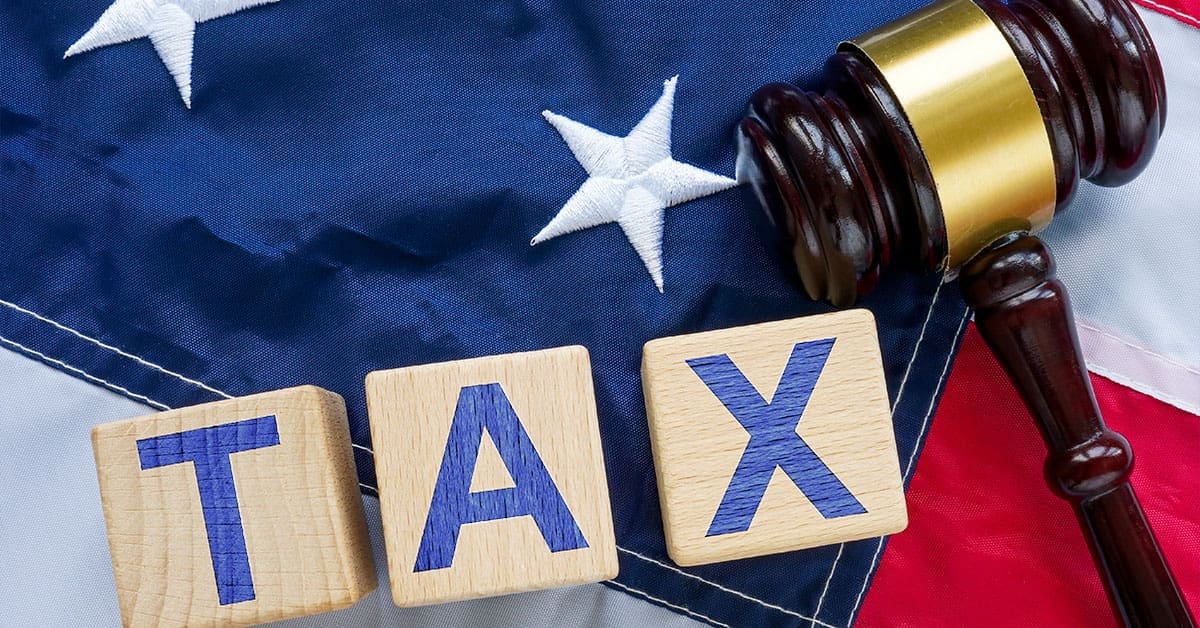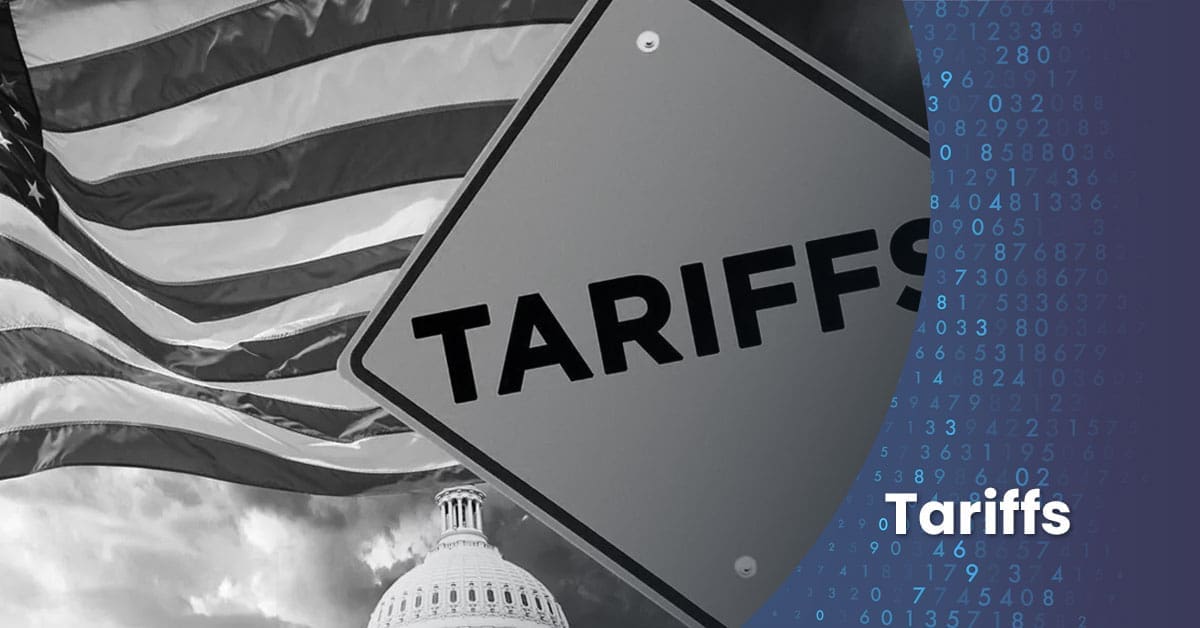Donald Trump’s second inauguration marks another pivotal moment in U.S. politics, and tax policy changes to be a key focus. While sweeping tax policy changes won’t take effect immediately — unlike executive actions on issues like immigration or environmental policy — early discussions will likely shape the trajectory of his new term. What can we expect in this area, and how might it affect individuals and businesses?
Trump’s Promise on Tax Policy Changes
During his campaign, Trump hinted at several significant adjustments to the tax code. These included cutting tax rates for middle-class Americans, introducing new incentives for businesses, and even advocating for potential tax breaks to support domestic manufacturing. His rhetoric often complemented his broader economic strategy, which included imposing tariffs to protect American industries and reducing regulatory burdens on businesses. This makes it clear that Trump’s tax policies will likely aim to stimulate economic growth while aligning with his “America First” agenda.
An early look at the priorities of the newly inaugurated administration suggests a strong focus on reducing corporate taxes. Trump has long maintained that a competitive corporate tax rate is essential for keeping American businesses thriving, particularly as they face the challenges of global industries and rising trade tensions. Individual taxpayers, however, may see relief too. Trump has floated the idea of expanding tax cuts for the middle class — potentially a continuation of the benefits introduced under his first term’s Tax Cuts and Jobs Act.
Potential Impacts of Trump’s Tax Policy on Businesses
For businesses, reduced taxation could lead to considerable benefits. Lower corporate tax rates and tax credits for manufacturing firms could drive reinvestment in U.S.-based production and jobs. Such policies complement increased tariffs on foreign goods, creating a more protectionist economic environment. However, these measures are not without controversy. Critics argue that while businesses may benefit in the short term, tariffs, and tax policies could push consumer prices higher.
However, renewable energy and technology businesses are gearing up for uncertainty. For example, Trump’s skepticism toward clean energy subsidies indicates that the tax benefits associated with green industries might face cuts. This could redirect investment away from wind, solar, and electric vehicle manufacturing innovations.
For Individual Taxpayers: Hope for Middle-Class Relief
Middle-class Americans may find some optimism in Trump’s tax pledges. Building on the foundation of his first term, the administration could aim to simplify tax filing for individuals, expand deductions, or introduce further tax cuts targeted at the average worker. These measures would address economic concerns for millions of households and bolster Trump’s focus on working-class voters. This group has been key to his political base.
Yet, the extent to which these tax policy changes will materialize remains a question of timing. Crafting tax legislation is a slow process, and any major overhauls will need to undergo months of debate and compromise in Congress. With a divided legislature likely, the outcome is far from certain. Trump’s ability to shepherd his ambitious tax plans through Congress will be a true test of his political capital.
Combining Taxes with Economic Strategy
Trump’s tax policy is expected to complement broader economic shifts — such as tariffs, trade reforms, and deregulation. By lowering taxes on corporations and individuals, Trump’s economic team likely hopes to offset potential downsides of increased tariffs, like higher costs for goods. The administration may also use tax incentives to encourage behavior that aligns with its geopolitical goals, such as favoring businesses that relocate supply chains from China to the United States.
For example, complementing tariffs with tax breaks for manufacturers could create a strong push for businesses to reinvest domestically. At the same time, these policies could have ripple effects, such as reshaping consumer behavior or fueling inflationary pressures.
The Road Ahead
The complexity of tax reform means that substantial changes will take time. Due to the intricacies of legislative negotiation, it’s unlikely we’ll see a major tax overhaul in the first few months of Trump’s second term. However, the administration is expected to signal its priorities in the coming weeks, and early proposals will shed light on who stands to benefit most — businesses, individuals, or both.
The key takeaway is that Trump’s tax policy changes will aim to stimulate economic growth while reinforcing his broader “America First” platform. Whether or not Congress will cooperate with these plans remains to be seen, but the implications for the economy and American taxpayers could be profound.
Trump’s tax reform efforts promise to leave a lasting mark. For individuals, the possibility of lower taxes is a welcome incentive, while businesses may find expanded opportunities for profitability through reduced regulations and targeted tax breaks. However, the balance between immediate relief and longer-term economic consequences will be a central concern for policymakers and the public alike. As the administration moves forward, the months ahead will reveal how Trump intends to shape the nation’s financial landscape.
For more information, contact our experts today.





 Previous
Previous






